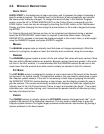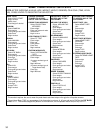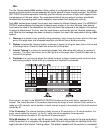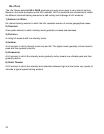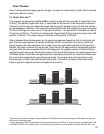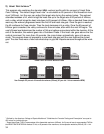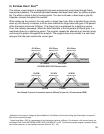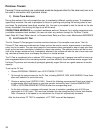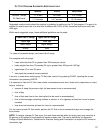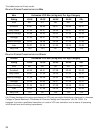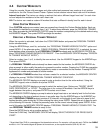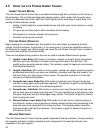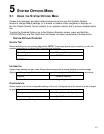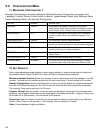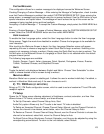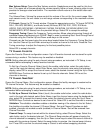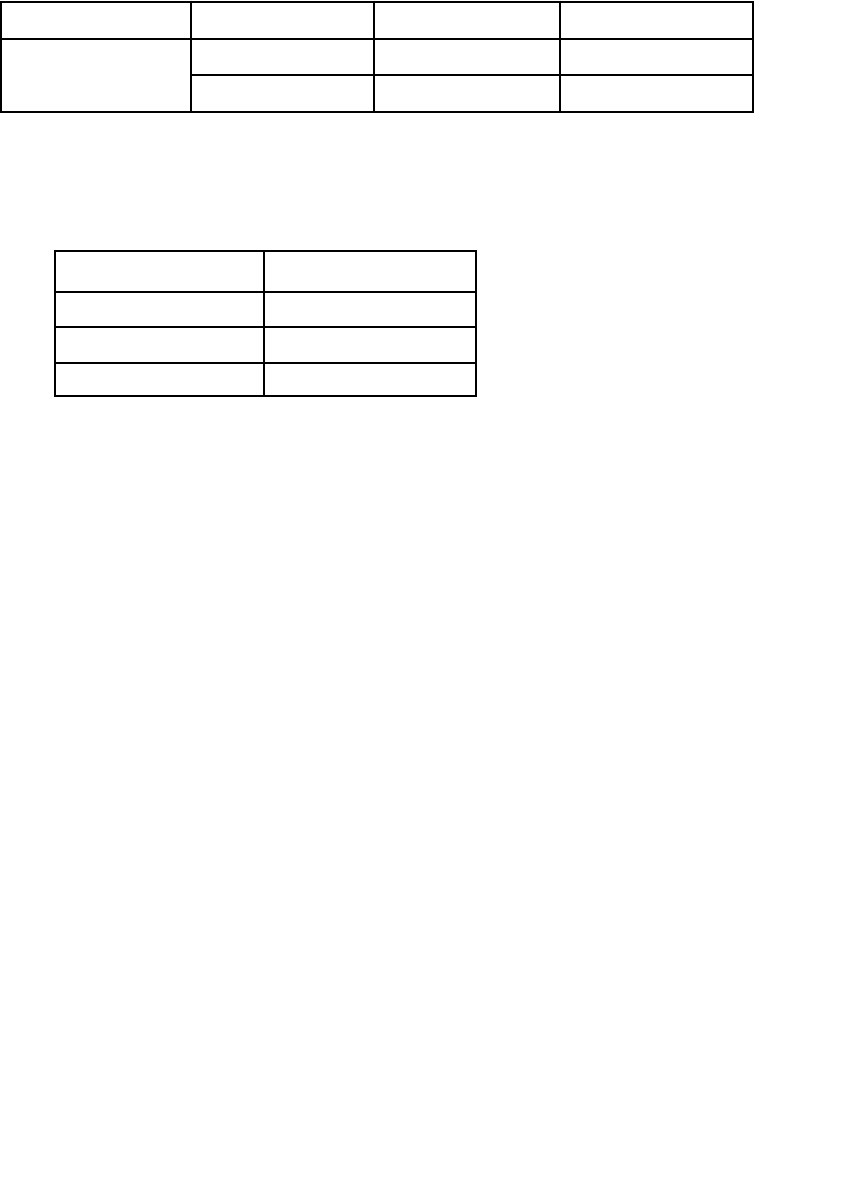
37
FIT
TEST PROGRAM SUGGESTED EXERTION LEVELS
Inactive Active Very Active
L1-4 men L5-9 men L10-15 men
L1-3 women L4-7 women L8-12 women
Suggested exertion levels should be used as a guideline for setting up the Fit Test program. The goal is to
elevate the user's heart rate to a level that is between 60%-85% of their theoretical maximum heart rate
(220-age).
Within each suggested range, these additional guidelines can be used:
Lower Half of Range Upper Half of Range
higher age lower age
lower weight higher weight*
shorter taller
* In cases of excessive weight, use lower half of range.
The computer will not accept:
O
heart rates less than 52 or greater than 200 beats per minute
O
body weights less than 75 pounds (34 kg) or greater than 400 pounds (182 kg)
O
ages below 10 or over 99 years
O
data input that exceeds human potential
If an error is made when entering any Fit Test data, correct it by pressing CLEAR, inputting the correct
information, and pressing ENTER.
It is important to take the Fit Test under similar circumstances each time. Heart rate is dependent on many
factors, including:
O
amount of sleep the previous night (at least seven hours is recommended)
O
time of day
O
time of last meal (two to four hours after the last meal is recommended)
O
time of last beverage containing caffeine or alcohol, or of a cigarette (at least four hours is recom-
mended)
O
time since last exercise (at least six hours is recommended)
For the most accurate Fit Test results, perform the Fit Test on three consecutive days and average the
three scores.
NOTE: To receive a proper Fit Test score, the work done must be within a training heart rate zone that is
60 percent to 85 percent of the theoretical maximum heart rate. This rate is defined by the American
College of Sports Medicine's "Guidelines for Exercise Testing and Prescription" as equal to 220 minus an
individual's age.
Summit Trainer
Fit Test Level



